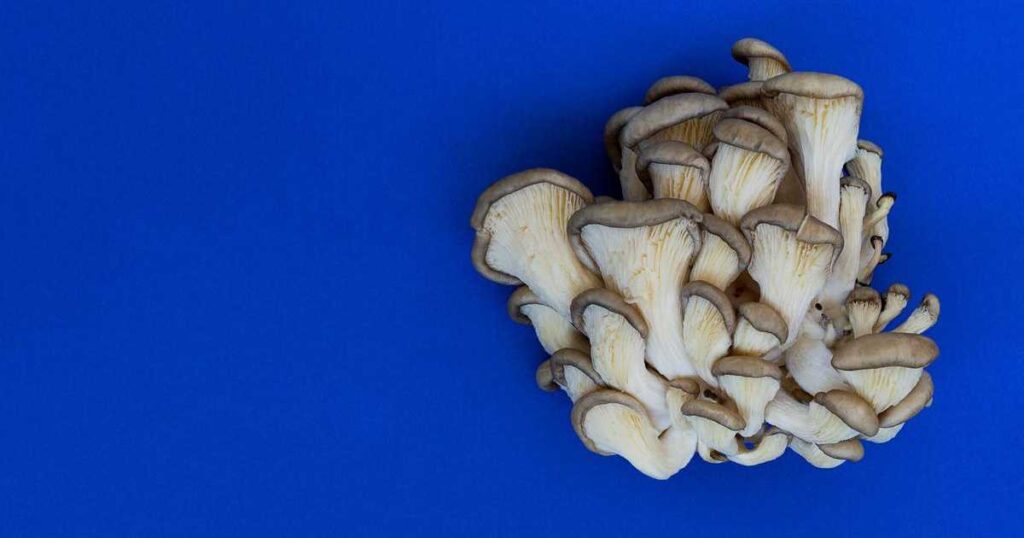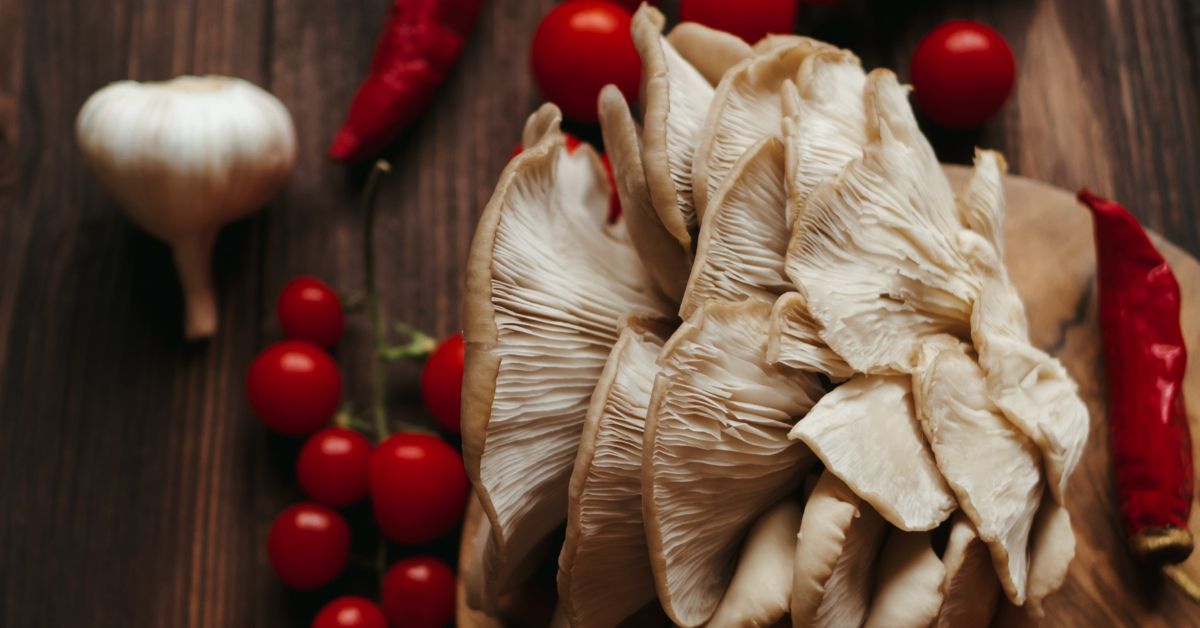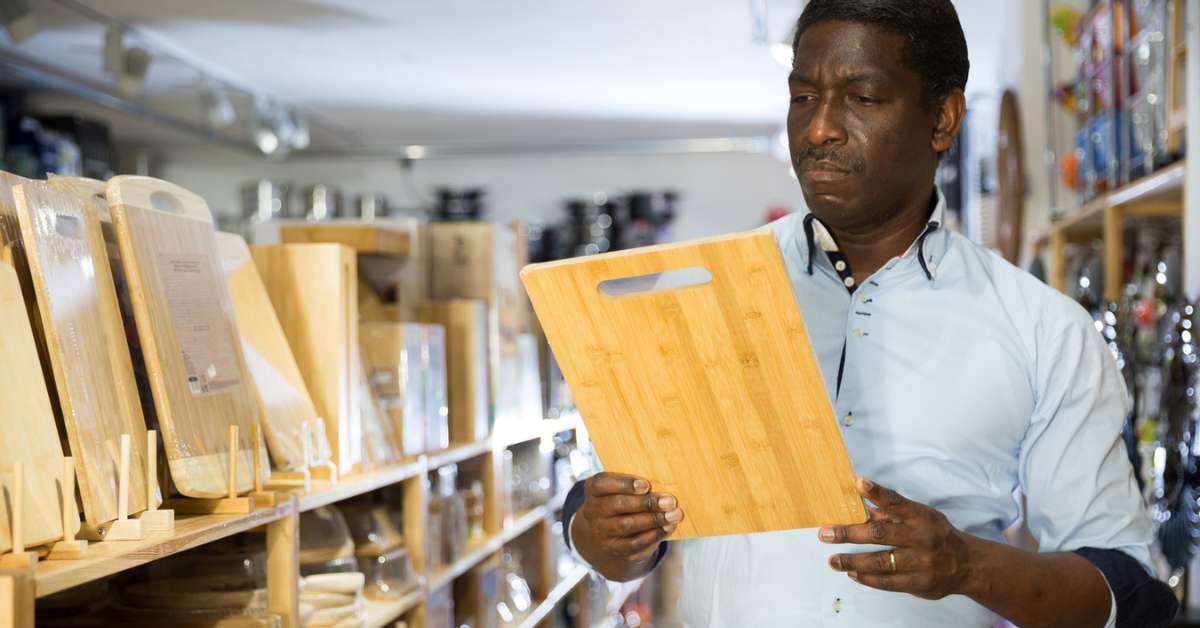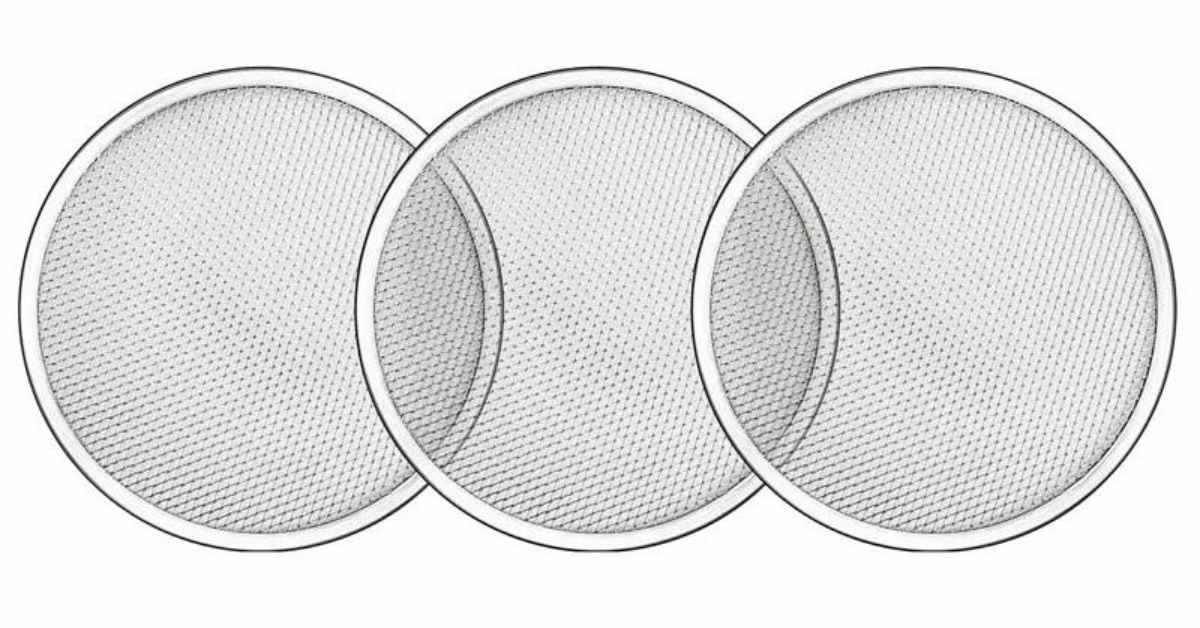Mushrooms are a popular ingredient in many dishes, but did you know they can be susceptible to mold growth? Oyster mushrooms, in particular, are prone to mold, which can concern those who enjoy cooking with them. This article will explore the truth about mold on oyster mushrooms and what you need to know to ensure your mushrooms are safe and healthy.
We will discuss the causes of mold growth, how to identify it, and what steps you can take to prevent it from occurring in the first place. By the end of this article, you will better understand how to handle oyster mushrooms and avoid any potential health risks associated with mold growth.
Table of Contents
ToggleWhat is Mold and How Does Grow Mold on Oyster Mushrooms
Before we delve into mold growth on oyster mushrooms, let’s first define what mold is and how it develops. Mold is a type of fungus that grows in damp and humid environments. It comprises tiny, multicellular filaments known as hyphae, responsible for mold growth’s fuzzy or slimy appearance.
Mold spores are present in the air and can settle on any surface, including food items like oyster mushrooms. When these spores find a suitable environment, such as a damp and warm mushroom, they can start to grow and multiply.
In the case of oyster mushrooms, mold growth can occur due to various factors, including improper storage, high humidity levels, or exposure to contaminants. Mold can also develop on oyster mushrooms past their prime, as the fungus can break down the mushroom’s cell walls and cause decay.
Identifying mold growth on oyster mushrooms can be tricky, as they can appear in different forms, including white, green, or black spots or patches. However, if you notice any signs of discoloration, slimy texture, or a musty odor, it is best to err on caution and discard the mushroom.
Types of Mold Found on Oyster Mushrooms

Several types of mold can grow on oyster mushrooms, each with its characteristics and potential health risks. Here are some of the most common types of mold found on oyster mushrooms:
- Aspergillus: This mold is commonly found in soil and decomposing plant materials. It can create mycotoxins, which harm human health, especially in people with weak immune systems.
- Cladosporium: This mold is usually found indoors, such as in homes or buildings. While it is not known to create mycotoxins, it can cause respiratory problems in those who are allergic to them.
- Penicillium: This mold can be found in foods and has the potential to develop mycotoxins that are harmful to human health. It is also used to make specific types of cheese and medicines.
- Rhizopus: This mold is widely found in soil and can ruin food. It can create mycotoxins, which are detrimental to human health, especially in people with compromised immune systems.
You can also read: Are Red Potatoes Naturally Red? The Truth About Red Potatoes
How to Prevent Mold on Oyster Mushrooms
Preventing mold growth on oyster mushrooms is critical to ensuring their safety and quality. Here are some tips to help prevent mold from developing on your mushrooms:
Proper storage: Oyster mushrooms should be stored in a cool and dry place, away from direct sunlight. They should also be kept in a breathable container, such as paper or cloth, to prevent moisture buildup.
Proper handling: When handling oyster mushrooms, wash your hands thoroughly and handle them with care to avoid damaging the delicate flesh. Avoid storing oyster mushrooms near other produce items that could potentially introduce contaminants.
Proper ventilation: Oyster mushrooms need proper ventilation to prevent moisture buildup. Avoid storing them in airtight containers or bags, which can trap moisture and promote mold growth.
Harvesting at the right time: Oyster mushrooms should be harvested when young and firm before developing signs of decay. Mushrooms that are past their prime are more susceptible to mold growth.
Inspect before consuming: Before using oyster mushrooms in a dish, inspect them thoroughly for any signs of mold growth or decay. If you notice any discoloration, slimy texture, or a musty odor, it is best to discard the mushroom.
Following these tips can help prevent mold growth on oyster mushrooms and ensure they are safe and healthy.
How to Identify Mold on Oyster Mushrooms
Identifying mold growth on oyster mushrooms can be difficult, as mold can take on different colors and textures depending on the mold type and the growth stage.
- Look for discoloration: Mold growth on oyster mushrooms can cause discoloration, such as white, green, or black spots or patches.
- Check the texture: Mold growth can cause the mushroom’s surface slimy or mushy, a sign of decay and potential mold growth.
- Smell for mustiness: Mold growth can produce a musty odor, so if you notice a strange odor when you open your container of oyster mushrooms, it may be a sign of mold growth.
- Inspect for spores: If you see small, powdery substances on the mushroom’s surface or in the container, it may be mold spores.
Why Do Oyster Mushrooms Get Moldy
Oyster mushrooms can get moldy for several reasons.
Moisture
Oyster mushrooms require a specific moisture level, but too much moisture can promote mold growth. Mold spores thrive in damp conditions, so excess moisture can lead to mold growth on the mushrooms.
Contamination
Oyster mushrooms can become contaminated with mold spores from other sources, such as other produce items or the environment. The mold can spread quickly if poisonous mushrooms are stored with fresh mushrooms.
Improper storage
Oyster mushrooms should be stored in a cool, dry place with proper ventilation. Storing them in a humid or warm environment or an airtight container can promote mold growth.
Age
As oyster mushrooms age, they become more susceptible to mold growth. Mushrooms past their prime are more likely to develop mold, especially if stored improperly.
You can also read the following: The Dimensions of a Brisket and How to Choose the Perfect Cut
How to Remove Mold from Oyster Mushrooms
If you notice mold growth on your oyster mushrooms, it is best to discard them. However, if you want to salvage some of the mushrooms, you can remove the affected areas of the mushroom.
Cut off the affected areas: Use a sharp knife to carefully cut off the moldy areas of the mushroom, making sure to cut at least 1 inch away from the visible mold growth. Be sure to discard the moldy parts in the trash.
Inspect the remaining mushrooms: Check the remaining mushrooms for any signs of mold growth, including discoloration or an unusual texture. If you notice any mold growth, discard the entire batch of mushrooms.
Wash the mushrooms: Rinse the remaining mushrooms under cold running water and pat them dry with a clean towel.
Store the mushrooms properly: Store the mushrooms in a paper bag or a breathable container in the refrigerator. Do not store them in a plastic bag, which can trap moisture and promote mold growth.
How to Properly Store Oyster Mushrooms
Proper storage is essential to prevent mold growth on oyster mushrooms. Here are some tips on how to store oyster mushrooms:
Use a paper bag or a breathable container: Oyster mushrooms need to breathe, so avoid storing them in plastic or airtight containers. Instead, use a paper bag or a breathable container for proper ventilation.
Keep them dry: Oyster mushrooms thrive in a moist environment, but excess moisture can lead to mold growth. Before storing, make sure the mushrooms are dehydrated. Use a paper towel to pat them dry, if necessary, gently.
Store in the refrigerator: Oyster mushrooms should be stored in the refrigerator to help preserve their freshness. Store them in the crisper drawer, where the temperature and humidity levels are optimal for mushroom storage.
Use them promptly: Oyster mushrooms are best when consumed within a few days of purchase. Avoid storing them too long, as they can become susceptible to mold growth.
You can also read the following: Latest Kitchen Must-Have: A Built-In Ice Bucket on Kitchen Island
Can You Eat Oyster Mushrooms with Mold

It is not recommended to eat oyster mushrooms with mold growth. Mold can produce harmful toxins that can cause health issues if consumed. If you notice any mold growth on your oyster mushrooms, it is best to discard them.
However, if you have accidentally eaten moldy oyster mushrooms, monitor your health closely for any symptoms of illness. Symptoms may include stomach cramps, nausea, vomiting, and diarrhea. If you experience any of these symptoms, seek medical attention immediately.
How to Safely Handle Oyster Mushrooms to Prevent Mold Growth
Properly handling oyster mushrooms is crucial to prevent mold growth and ensure their safety for consumption. Here are some tips on how to safely handle oyster mushrooms to prevent mold growth:
Wash your hands: Always wash your hands thoroughly before handling oyster mushrooms. This will help prevent the spread of any harmful bacteria or contaminants that may promote mold growth.
Use clean equipment: Ensure all utensils, cutting boards, and other equipment are clean and free from mold or bacteria. Using separate cutting boards and utensils for raw meats and vegetables is best to avoid cross-contamination.
Inspect your mushrooms: Always inspect your mushrooms before consuming them. Look for mold growth or spoilage signs, such as discoloration, sliminess, or a foul odor. If you notice any of these signs, discard the mushrooms.
Store properly: Store oyster mushrooms in a paper bag or a breathable container in the refrigerator. Avoid storing them for too long, as this can promote mold growth.
Cook thoroughly: Cook oyster mushrooms thoroughly to kill any bacteria or mold that may be present. This will help ensure their safety for consumption.
How to Choose High-Quality Oyster Mushrooms
Choosing high-quality oyster mushrooms is essential for getting your dishes’ best flavor and texture. Here are some tips on how to choose high-quality oyster mushrooms:
Look for Fresh Mushrooms
Choose oyster mushrooms that are fresh and firm to the touch. Avoid mushrooms that are slimy or have a foul odor.
Check the Color
Oyster mushrooms should be light to dark brown. Avoid discolored mushrooms or black spots, as this may indicate spoilage.
Inspect the Gills
The gills of oyster mushrooms should be light in color and tightly packed. Avoid mushrooms with discolored or loose gills, as this may indicate mold growth or spoilage.
Check the Stems
The stems of oyster mushrooms should be firm and not too woody. Avoid mushrooms with soft or mushy stems, as this may indicate spoilage.
Buy From a Reputable Source
Purchase oyster mushrooms from a reputable source, such as a farmers’ market or a specialty grocery store. This will help ensure that the mushrooms are fresh and of high quality.
Conclusion
Mold on oyster mushrooms is a common problem that can be prevented and dealt with effectively. By following the tips on preventing mold growth, identifying mold, and storing and handling oyster mushrooms properly, you can ensure their freshness and safety for consumption.
If you encounter mold on your oyster mushrooms, properly removing or discarding them to prevent health risks is essential. Additionally, choosing high-quality oyster mushrooms and cooking them properly can enhance their flavor and nutritional value.
Proper knowledge and precautions allow you to enjoy oyster mushrooms’ delicious and nutritious benefits while avoiding mold-related issues.






